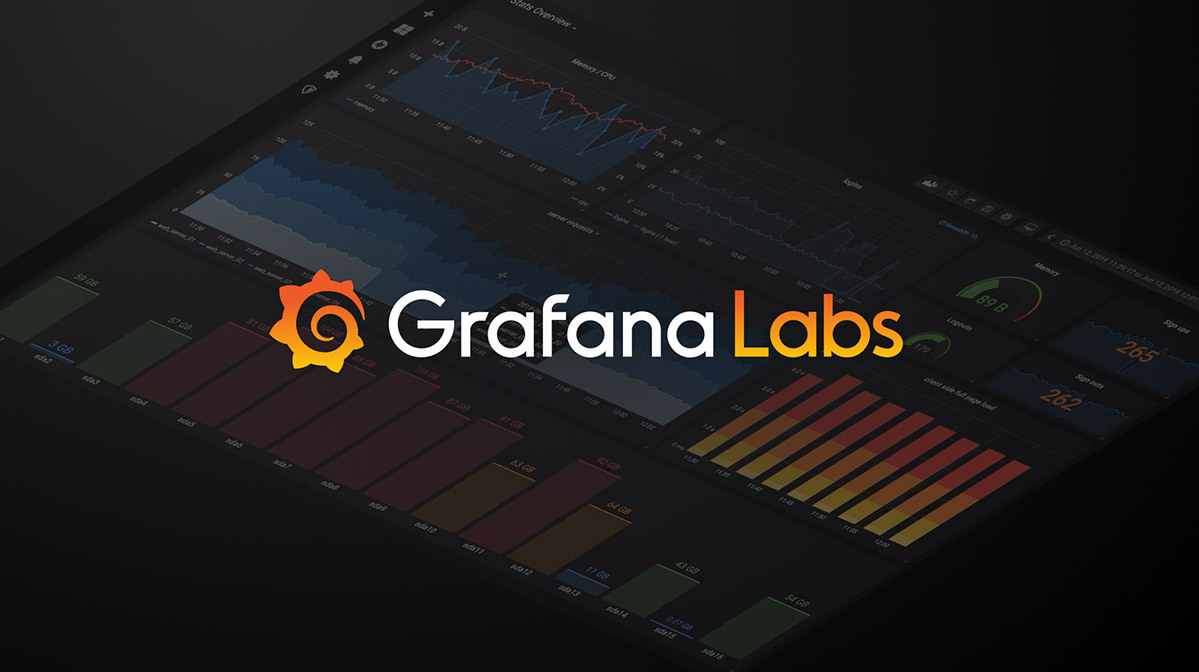 APPS
APPS
 APPS
APPS
 APPS
APPS
The information technology monitoring startup Grafana Labs said today it’s beefing up its platform through the acquisition of an artificial intelligence firm called Asserts.ai Inc., which has developed technology to help users better understand their observability data.
The acquisition of Asserts for undisclosed terms was announced at Grafana Labs’ annual ObservabilityCON event in London, and its capabilities are being integrated in a new Application Observability offering within Grafana Cloud. The company also announced Grafana Beyla, an open-source project that helps users get started with application observability faster.
New York-based Grafana Labs develops Grafana, one of the most popular open-source platforms for monitoring IT infrastructure. Servers, databases and many other components of a company’s IT infrastructure automatically generate data that describes their day-to-day operations. This data contains valuable technical insights that Grafana can analyze to help administrators detect technical issues, as well as find ways to fix them.
Grafana turns data from a company’s infrastructure into graphs to help administrators more easily uncover useful patterns. To ensure IT teams detect technical issues immediately after they emerge, the platform generates alerts when a potential malfunction occurs. Grafana Labs says there are more than one million active installations of Grafana worldwide, up from about 750,000 at the time of its previous funding round seven months ago.
Asserts.ai has built software that provides instant insights into the relationships over time between various IT system components. The software helps users to better understand and navigate their applications and the infrastructure that powers them. According to Grafana, it serves as a contextual layer from Prometheus-based metrics, with dashboards and alerts helping users to perform more efficient root cause analysis in order to quickly resolve any issues that crop up.
The software now forms the basis of Grafana Cloud’s new Application Observability tool, which is available now to all users, including those using the free tier. With Application Observability, site reliability engineers and developers can accelerate root cause analysis and minimize the time it takes to resolve any issues with their applications.
Grafana Labs Chief Technology Officer Tom Wilkie said his team decided to acquire Asserts.ai because customers have been asking for a way to better understand their observability data and get more contextualized analytics. “The GA of our Application Observability solution in Grafana Cloud, plus the Asserts acquisition, are big steps toward meeting those customer needs and providing an easier-to-use, integrated, and opinionated user experience,” he said.
The availability of the open source Grafana Beyla project is another step in that direction too, the company said. As it explains, it’s not enough to just have application observability tools. The process of instrumenting an application for observability typically requires adding a language agent to the deployment or package. Users must also add tracepoints manually.
These are tedious, painstaking tasks, but by deploying Grafana Beyla as a daemon set in Kubernetes, it becomes possible to instrument applications through a single command, without modifying the underlying code. Grafana Beyla is based on Extended Berkeley Packet Filter technology, which allows users to attach their own programs to different parts of the Linux kernel. It can automatically instrument applications written in Go, C/C++, Rust, Python, Ruby, Java, NodeJS, .NET and other widely used programming languages.
A final set of announcements at ObservabilityCON are being introduced to solve some of the biggest customer pain points, Grafana said. They include a new cost management hub that makes it easier for users to manage, control and optimize their observability spending, as well as an open-source large language model app that enables LLM-based extensions. With this, developers can now leverage public data sets, connect their own LLMs and vector databases, and build generative AI-powered experiences for Grafana more easily.
In addition, there’s a new generative AI diagnostic assistant in Grafana called Sift, which helps users discover the contributing factors to any incidents by asking conversational questions. There’s also Grafana Incident, which is a new tool that summarizes the key details of each incident
Finally, the company announced simplified Grafana service level objectives. It’s a new offering that makes it simpler for users to create, manage and scale SLOs, dashboards and error budget alerts within Grafana Cloud. Users will have an easier way to monitor the most essential infrastructure and services that have the biggest impact on their customer’s experiences and ensure these systems remain healthy.
THANK YOU